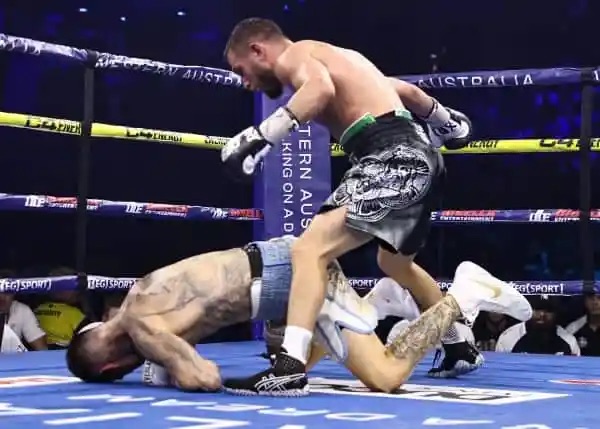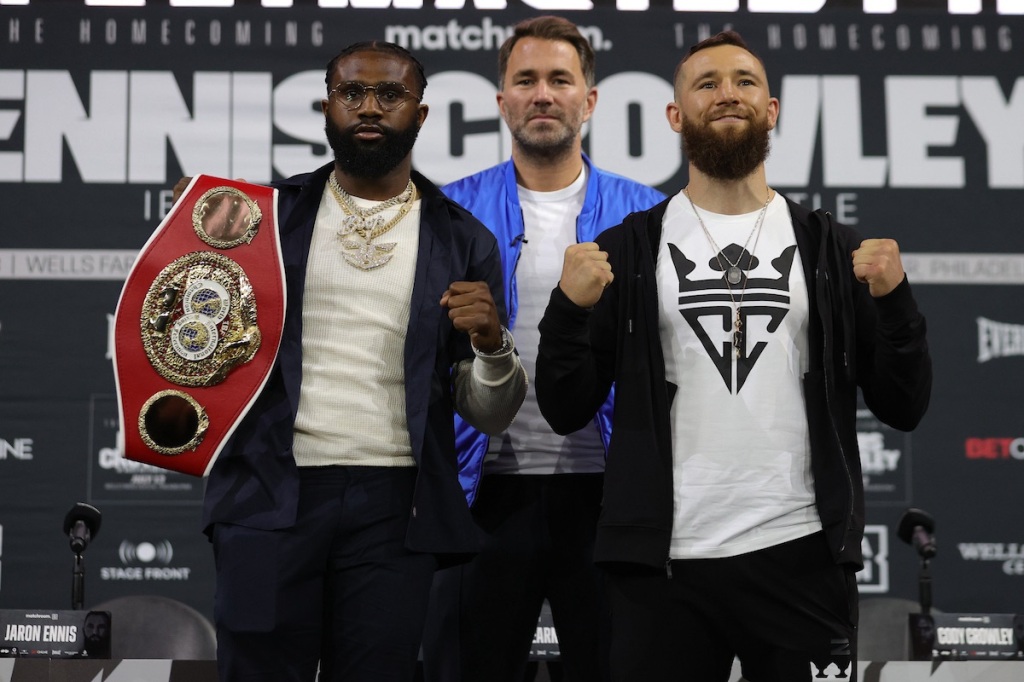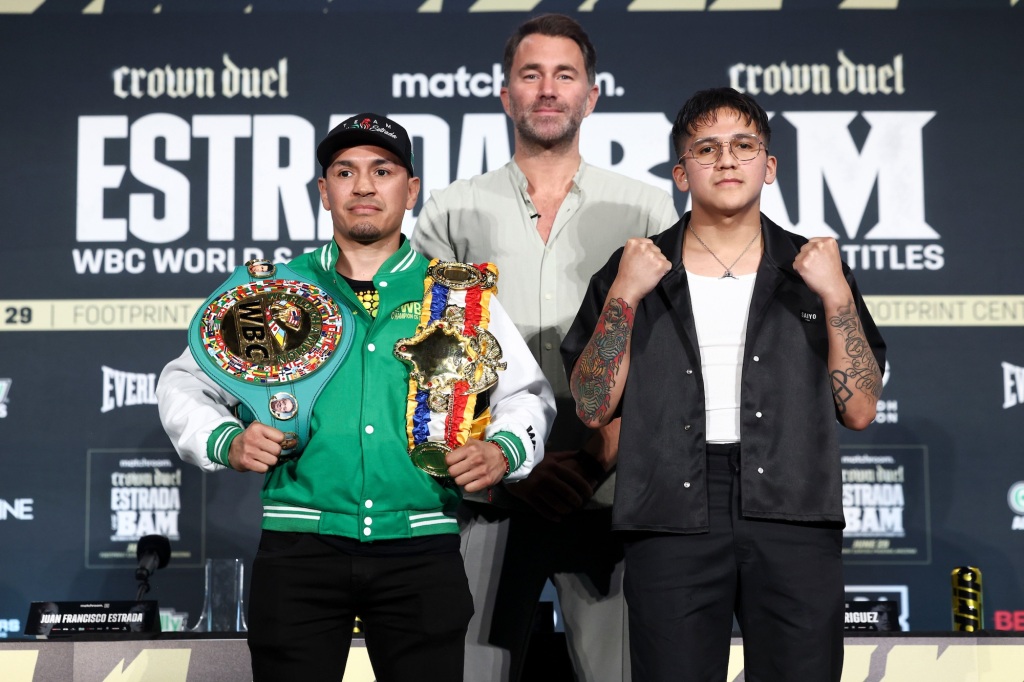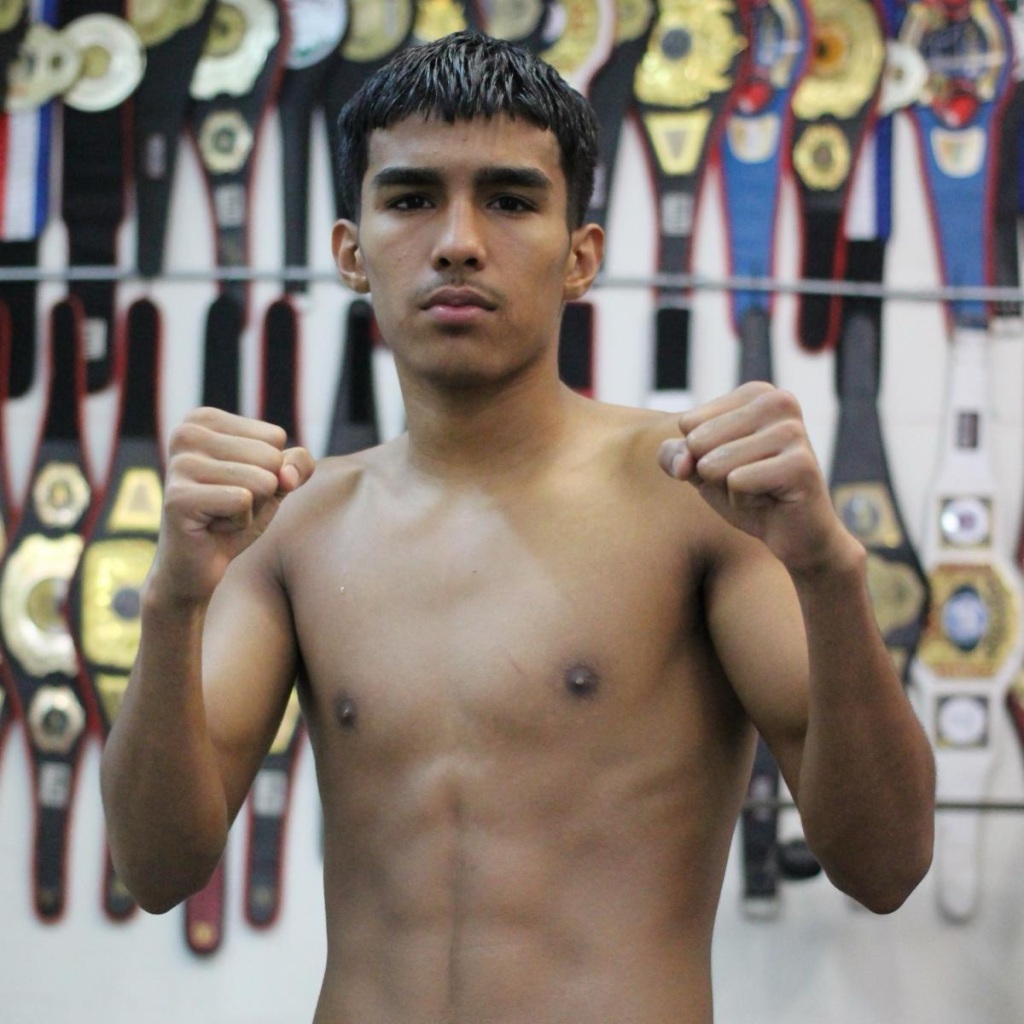Vicente Saldívar – A name often lost in the pantheon of great Mexican and featherweight champions. Standing at just 5-foot 3-inches tall, he punched his way to the top of the division and maintained one of the most significant championship reigns in the history of the 126-pound weight category. This is the story of his short life and celebrated career.
Growing up on the deprived outskirts of Mexico City, he was accustomed to fighting from an early age, building a reputation for street fighting and frequently disciplined by his school for aggressive behaviour.
Fearing his son was heading down the wrong path, Vicente’s father decided to take his son to a boxing gym, in an attempt to refocus his negative energy into a productive pursuit. It was at this gym where the child would meet veteran trainer, Jose Moreno.
Saldívar developed a burning passion for boxing and pursued what later became a successful amateur career. Having won the Mexican Golden Gloves title at bantamweight, he earned a spot in the 1960 Olympic Squad. Disappointingly, his trip to the summer games in Italy was short-lived, as he was eliminated in the first round of the tournament by Ernst Chervet.
Following the defeat, he made the bold decision to turn professional just a year later in 1961 and campaigned in the featherweight division. He adopted the nickname “The Golden Lefty” as his southpaw style was unique and immensely effective. He could effortlessly transition between boxing on the back-foot and pressing on the front-foot. His unusually pulse rate enabled him to sustain an exceptional work-rate. The Mexican was often compared to Henry Armstrong for his seemingly limitless stamina.
During his early years in the paid ranks, he was still finding his feet and showed glimpses of immaturity, tasting his first defeat in the form of disqualification against Baby Luis in his seventh fight. The pair met again half a year later and Saldívar made no mistakes second time round, as he battered the Cuban into submission in the eighth round.
After three years competing for modest money on low-key shows, he was finally rewarded with his first big opportunity – taking on Juan Ramírez for the Mexican featherweight title. He quick dispatched his fellow countryman and snatched the title in just two rounds.
He successfully defended the national crown once, followed by his most impressive victory to date against future lightweight champion and Hall of Famer, Ismael Laguna. This propelled him to the status of a serious contender and earned him a dream opportunity to fight for world honours.
The fight was made against Sugar Ramos for the WBC and WBC featherweight straps. Fans were anticipating a classic Cuba vs Mexico match-up, with most favouring the champion to use his experience to outsmart the younger challenger. Saldívar was fearless, though, knocking out anyone who stood in his way – and he wasn’t going to let this challenge stop him reaching the summit of his division.
It turned out to be an epic battle between two of the toughest men in the sport. The challenger shocked many onlookers by taking the early rounds and slowly breaking the will of the much-favoured champion. At the end of eleven gruelling rounds, Ramos retired on his stool and a new Mexican star was born.

The first of his world championship reigns would span three years, during which he would make eight successful defences of his belts, including the career-defining trilogy with Howard Winstone.
Winstone was a national hero in Wales and it was predicted by many that he was destined for greatness. However, there was a constant thorn in his side that frustrated his ambition of becoming a superstar. That thorn came in the shape of the diminutive Vicente Saldívar.
Howard had established himself as the outstanding contender in the division, and a world title was all he needed to elevate himself to the highest echelon of the sport. Whilst Saldívar was ruling the division and was ready to resist any challenges to his hard-earned position of dominance.
The pair ended up clashing three times in a short two-year period. Saldívar vs Winstone was a classic case of skill vs brutality. In all three of their fights, Winstone was superior in the early stages, out-boxing his rival while staying out of punching distance for the most part. However, he would repeatedly fade in the latter stages, allowing Saldívar to wrest control. Although the champion was victorious on all three occasions, Winston certainly gave him a run for his money.
Their first two meetings took place in the UK and after two extremely competitive fights that ended in close scorecard decisions for Saldívar, they returned to Mexico for one final dance. This time, though, Saldívar’s power and work-rate prevailed and the challenger succumbed to a stoppage victory in the twelfth round.
Having watched the three encounters, I feel that if the fights had been only 10 rounds, they would have potentially resulted in a different outcome. The challenger was the better fighter for the first nine or ten rounds in each fight, but he would struggle to retain composure in the later stages, which is when Saldívar would unleash his heavy body shots and ramp-up the inside pressure.
What made the Mexican special was his ability to stay in the fight during the early rounds and utilise his superior stamina, in the confidence that he could drag his opponents into deep waters and suffocate them in the later rounds; truly a hallmark of a championship fighter.

Although the trilogy is an important part of his legacy, Saldívar beat other top contenders and world class fighters during his reign, such as: Raul Rojas and Mitsunori Seki (whom he beat twice).
The Mexican hero then took a twenty-one month break away from the squared-circle and relinquished his titles. During his sabbatical, he frequently assessed whether he still had the ability and hunger to compete at the highest level of the sport.
He eventually opted back into the game and returned with a routine ten round decision over José Legra, before taking on Johnny Famechon in a battle to reclaim his WBC crown. He would take back his title with a unanimous decision victory, however, his second reign would be brief, as he was defeated seven months later in his first defence, by Kuniaki Shibata.
Saldívar would fight once more before retiring again in 1971. Once again, he found himself missing the sport that had become his life and passion. So, at the age of thirty and having been inactive for two years and three months, he challenged fellow Hall of Famer and former Bantamweight champion, Éder Jofre. It was a sad night in Salvador, Brazil, as the boxing fraternity witnessed the once unstoppable Saldívar get dismantled inside four rounds. The Mexican’s skills had diminished completely and he proved a shadow of his former self. This spelled the end of what was a phenomenal career.
He finished his professional campaign with a record of 37-3-0 with 26 KO’s – and to this day – he is still the record holder for most wins in unified featherweight title bouts – and the longest unified featherweight championship reign in history.
Unfortunately, like most boxers, Vicente struggled to deal with the reality that he could no longer reach the heights to which he’d become accustomed. With the absence of boxing from his life, there was left a gaping void. Alcohol unfortunately filled that void and he tragically died in 1985, at just forty-two-years-old. Cancer was the cause of death.
Saldívar was later inducted into the International Boxing Hall of Fame in 1999. It was a well-deserved honour for one of the most accomplished and talented featherweight and Mexican pugilists of all-time.
He will also be remembered for competing in front of the fourth largest crowd in history, 90,000 people in the Estadio Azteca.
“The Golden Lefty” will rightfully be remembered for his dominance in the 126lbs division – and his name deserves to belong beside fellow great countryman Julio Cesar Chavez, Rubén Olivares, Salvador Sanchez and many more.





